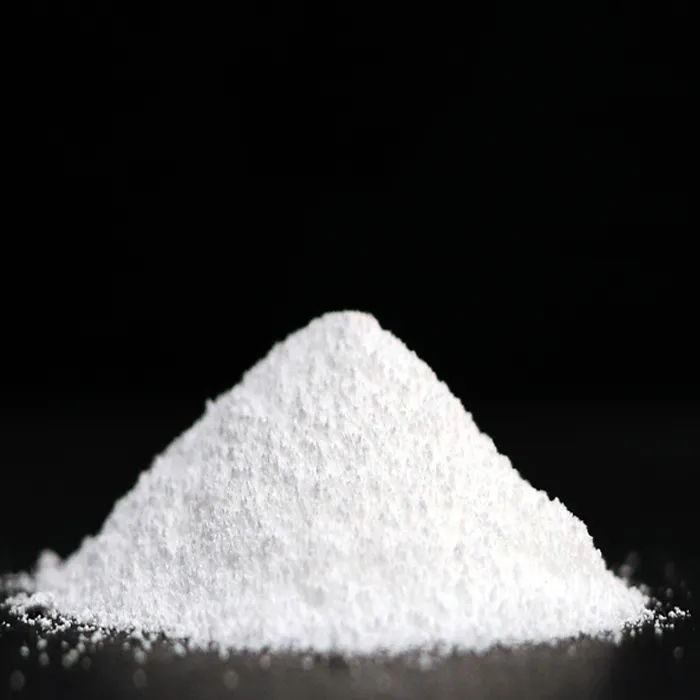Water Treatment Chemicals Enhancing the Efficiency of Water Plants
Water is one of the most vital resources on our planet, essential for life, agricultural practices, industrial processes, and energy generation. However, the increasing demand for clean and safe water has led to the development of advanced water treatment plants, which rely significantly on various chemicals. These chemicals play a pivotal role in the purification process, ensuring that water is not only safe for consumption but also suitable for industrial and agricultural use.
The treatment of water involves several processes, including coagulation, flocculation, sedimentation, filtration, and disinfection. Each of these stages requires specific chemicals to achieve optimal results. Understanding the role of these chemicals is crucial for the efficient operation of water treatment plants.
Coagulation and Flocculation
The first stage of water treatment involves coagulation and flocculation, where chemicals are added to destabilize and aggregate suspended particles in the water. The most commonly used coagulants include aluminum sulfate, ferric chloride, and polyaluminum chloride. These substances help in reducing the turbidity of water by binding with suspended solids, forming larger particles or 'flocs' that can be easily removed.
Flocculants, such as polyacrylamide, are also employed in this phase. They enhance the floc formation, aiding in the rapid aggregation of particles. The effectiveness of these chemicals is influenced by factors including pH, temperature, and the specific contaminants present in the water. Therefore, water treatment plants must carefully monitor these parameters to determine the appropriate dosage of coagulants and flocculants to use.
Sedimentation and Filtration
Following coagulation and flocculation, the next step is sedimentation, where the flocs are allowed to settle at the bottom of the treatment tank. This process can be enhanced by the addition of chemical aids known as flocculating agents. These substances promote the formation of larger flocs, thus improving the efficiency of sedimentation.
After sedimentation, the water undergoes filtration to remove any remaining solids. This stage may involve the use of granular media, such as sand and gravel, or advanced membrane filtration systems. While filtration media are not chemicals per se, various chemicals may be employed for backwashing processes or membrane cleaning to ensure that the filtration system operates at maximum efficiency over time.
water plant chemicals

Disinfection
Disinfection is a critical component of water treatment, as it ensures the elimination of pathogens and harmful microorganisms. Common disinfectants include chlorine, chloramines, ozone, and ultraviolet (UV) light. Each of these chemicals has its own advantages and disadvantages. For instance, chlorine is widely used due to its effectiveness and residual disinfection capabilities, but it may produce harmful disinfection byproducts. On the other hand, ozone is a powerful oxidant that can provide superior pathogen removal but lacks residual effects.
The choice of disinfectant depends on several factors including water quality, treatment objectives, and regulatory requirements. Treatment plants must also account for the potential formation of byproducts when using certain chemicals and adopt strategies to mitigate these risks.
Chemical Storage and Safety
The use of chemicals in water treatment plants necessitates strict adherence to safety protocols. Many of these substances, while effective in small quantities, can pose health risks if not handled properly. Therefore, treatment facilities must implement measures for safe storage, handling, and disposal of chemicals to protect workers and the environment.
Training for personnel working in water treatment plants is essential for ensuring safety. Employees should be educated on the properties of the chemicals they handle, proper usage techniques, and emergency response procedures in case of spills or leaks.
Conclusion
In conclusion, water treatment chemicals are indispensable tools in modern water treatment plants. They enhance the efficiency of processes such as coagulation, flocculation, sedimentation, filtration, and disinfection, ensuring the delivery of clean and safe water to communities. As the global demand for water continues to grow, the importance of these chemicals and the need for effective water treatment strategies cannot be overstated. Investment in research and innovation regarding water treatment chemicals will play a vital role in addressing the challenges posed by water scarcity and quality in the future.

